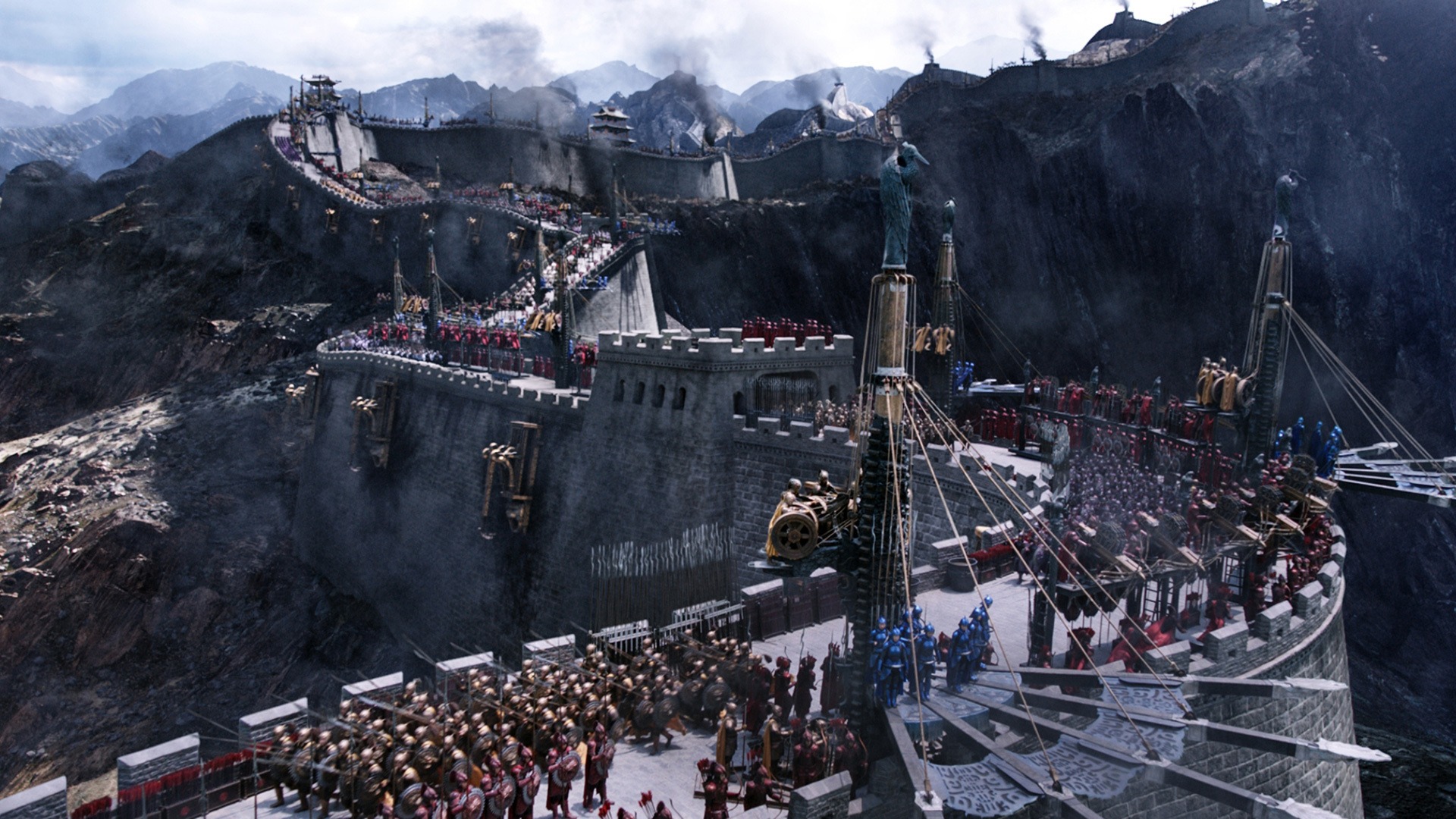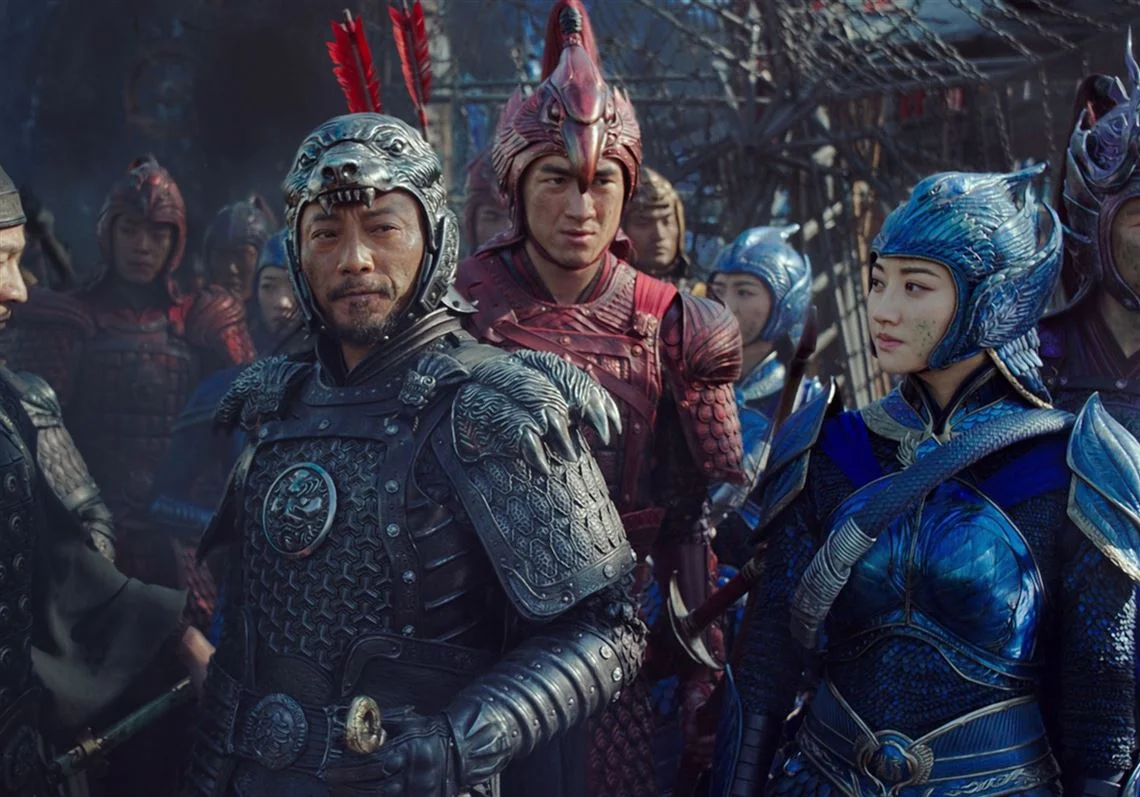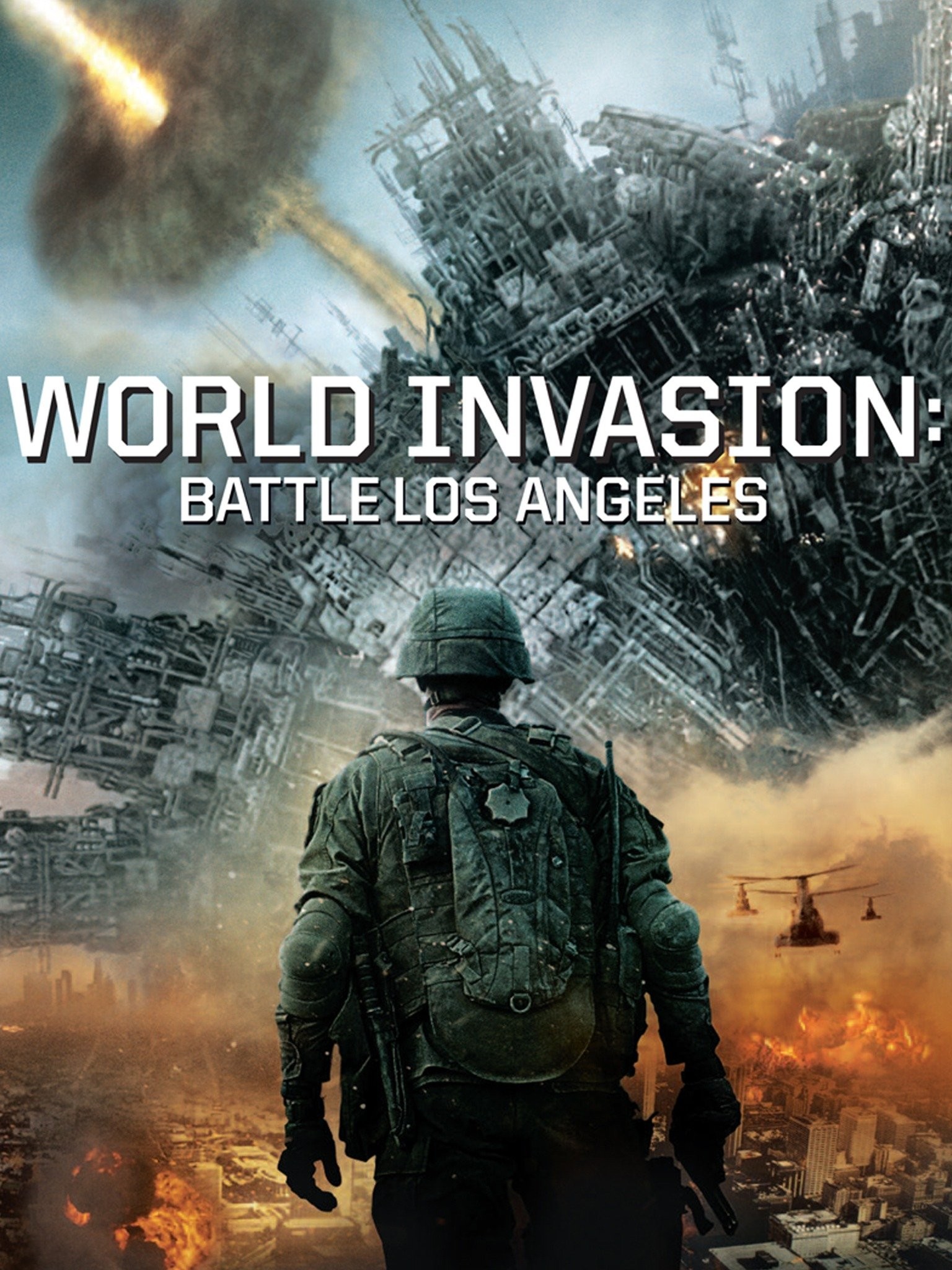The Great Wall (2016), directed by acclaimed Chinese filmmaker Zhang Yimou, is a visually ambitious historical fantasy film that combines epic warfare with mythological creatures, set against the backdrop of one of the world’s most iconic structures—the Great Wall of China. A co-production between China and Hollywood, the film stars Matt Damon as William Garin, a European mercenary who travels to China in search of gunpowder but finds himself caught in an ancient battle between humanity and a horde of monstrous creatures known as the Tao Tei. The film is notable for being one of the largest collaborations between East and West in cinematic history, aiming to blend Chinese cultural themes with Hollywood blockbuster spectacle.
The story begins as Garin and his companion, Tovar (Pedro Pascal), are taken prisoner by the Nameless Order, an elite military group stationed along the Great Wall tasked with defending China from the Tao Tei—a reptilian species that attacks every 60 years. Initially skeptical of the creatures' existence, Garin quickly becomes a reluctant hero as he witnesses their devastating power firsthand. His archery skills prove invaluable in the defense, and he slowly earns the respect of Commander Lin Mae, played with fierce elegance by Jing Tian. The narrative centers not only on survival but also on trust, honor, and the idea that courage and sacrifice transcend borders and cultures.

Visually, The Great Wall is striking. Zhang Yimou, known for his work on films like Hero and House of Flying Daggers, brings his signature use of color, choreography, and scale to the action sequences. Each division of the Nameless Order is color-coded and trained in specialized combat techniques, lending a sense of martial artistry to the massive battle scenes. The wall itself becomes a character—its defenses, traps, and towering presence used creatively throughout the film. The CGI-rendered Tao Tei, while not always praised for realism, are presented in massive numbers and terrifying formations, raising the stakes with each wave.
However, the film was not without controversy. Critics questioned the casting of Matt Damon in the lead role, accusing the film of “white savior” tropes. The producers defended the choice by noting that Damon’s character is not the savior of China, but rather a witness to the bravery of the Nameless Order. Despite these debates, the film sparked conversations about diversity and representation in global cinema.
In terms of reception, The Great Wall received mixed reviews. While it was praised for its visuals, production design, and ambition, it was criticized for its weak character development and formulaic plot. The film grossed over $330 million worldwide, performing particularly well in China, though it underperformed in the U.S. market.

In conclusion, The Great Wall is an ambitious cinematic experiment—an attempt to fuse Western star power with Chinese mythology and filmmaking aesthetics. While it may not have fully succeeded in winning over all audiences or critics, it remains a bold and visually compelling entry in the fantasy action genre. It showcases the potential for future international collaborations and stands as a unique take on one of the world's oldest legends.


